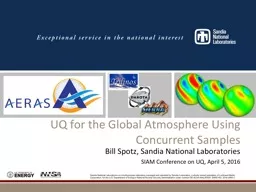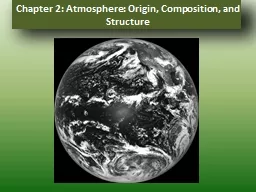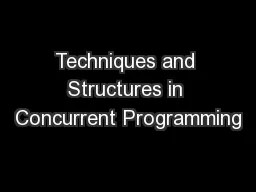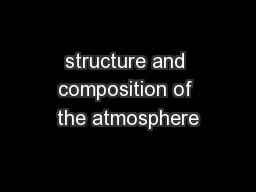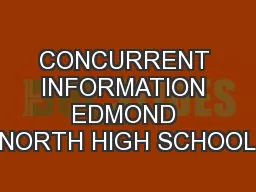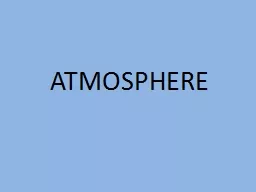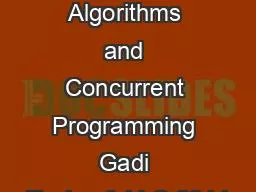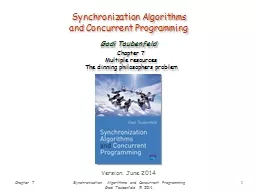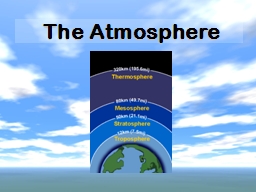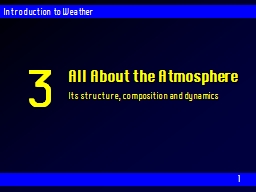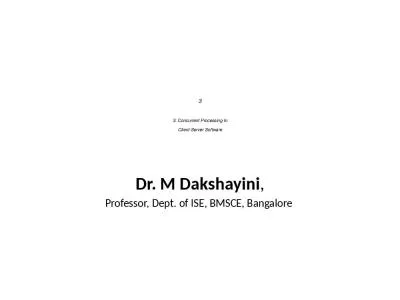PPT-UQ for the Global Atmosphere Using Concurrent Samples
Author : pasty-toler | Published Date : 2018-09-22
Bill Spotz Sandia National Laboratories SIAM Conference on UQ April 5 2016 Thanks Jeff Fike SNL New Mexico Andy Salinger SNL New Mexico Irina Tezaur SNL California
Presentation Embed Code
Download Presentation
Download Presentation The PPT/PDF document "UQ for the Global Atmosphere Using Concu..." is the property of its rightful owner. Permission is granted to download and print the materials on this website for personal, non-commercial use only, and to display it on your personal computer provided you do not modify the materials and that you retain all copyright notices contained in the materials. By downloading content from our website, you accept the terms of this agreement.
UQ for the Global Atmosphere Using Concurrent Samples: Transcript
Download Rules Of Document
"UQ for the Global Atmosphere Using Concurrent Samples"The content belongs to its owner. You may download and print it for personal use, without modification, and keep all copyright notices. By downloading, you agree to these terms.
Related Documents

